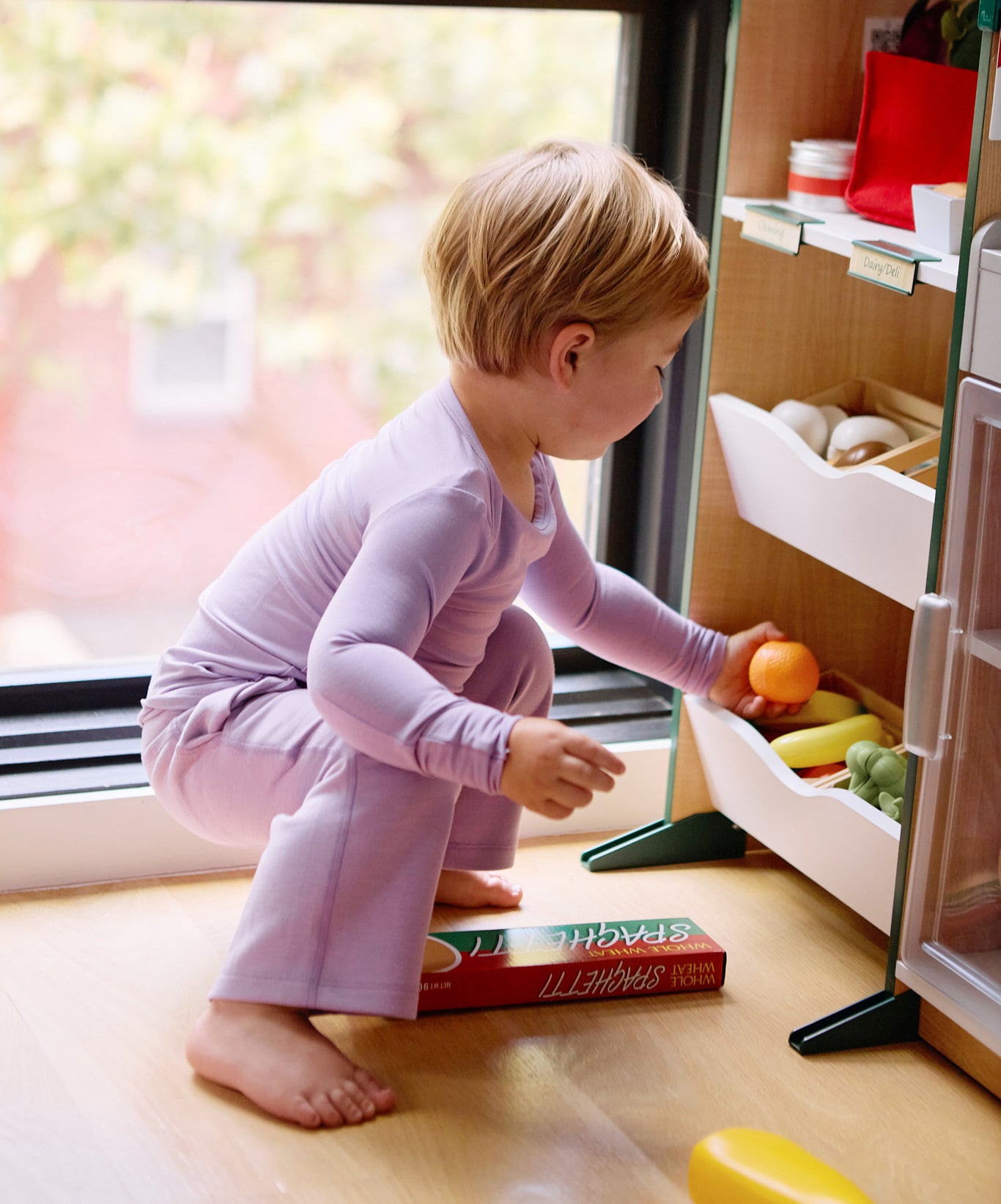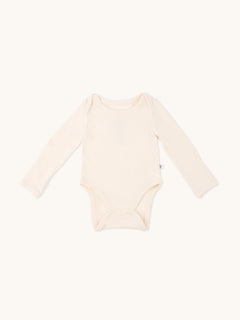Summary
Clothing plays an important role in developing motor skills, especially for young children. A few ways in which it impacts motor development include comfort, mobility, and safety, encouragement of activity, sensory experience, and independence.
What are some examples?
Comfort and mobility is important in clothing, because clothing that is too tight,
restrictive, or uncomfortable can hinder a child’s ability to move freely. For instance, clothes that restrict movement may make it harder for children to practice actions like crawling, walking, or climbing, which are crucial for developing gross motor skills. Clothing can also affect safety during motor activities. For example, clothes with loose or long strings, or that are too baggy, might pose tripping hazards. On the other hand, well-fitted clothing can help prevent accidents and allow children to move with greater confidence.

How does this help my child's development?
When clothing is designed to be more functional and supportive of active play it
naturally encourages children to take part in activities to grow their motor skills. For
example, material that is soft, stretchy, and comfortable allows for stretching and
movement that can encourage children to engage in physical activities, thus fostering motor skill development. There are also sensory experiences associated with clothing or children as well. The texture, weight, and feel of clothing can influence sensory development. Clothes with various textures can stimulate sensory exploration, which is linked to motor development. This is particularly important in infants and toddlers when tactile experiences are crucial.
Montessori Clothing in action
In association with Montessori, children’s clothing is extremely important when it comes to fostering a child’s independence. As children grow, they start to learn how to dress and undress themselves as well as begin using the bathroom independently. Clothing with simple fastenings and designs and fabric that are easy to manipulate can help develop fine motor skills, such as buttoning, zipping, and tying shoelaces. These skills then encourage children to independently do things such as get ready in the morning, get ready for bedtime, and use the bathroom independently. Overall, while clothing may seem like a minor factor, it can significantly impact a child’s ability to develop and practice motor skills through comfort, safety, and functionality.
Kelsey Ferguson
AMI Certified Montessori Primary Guide
Northfield, CT.




